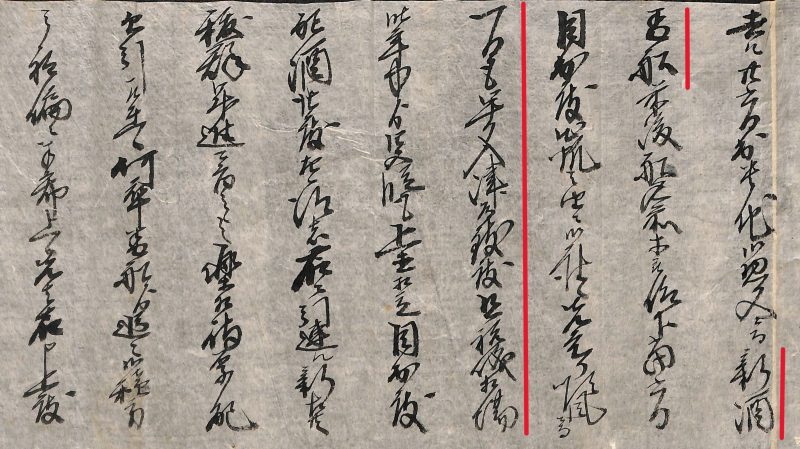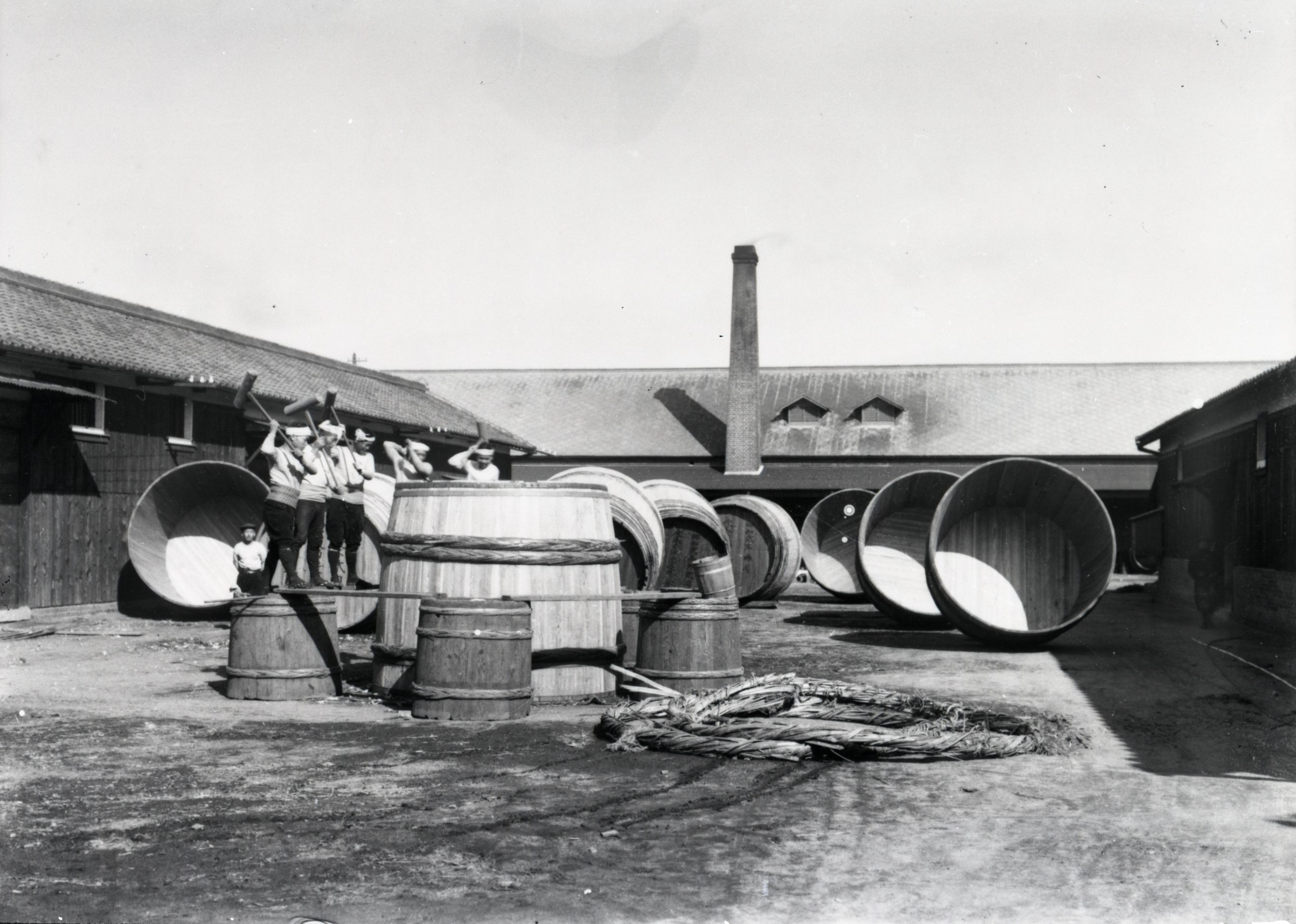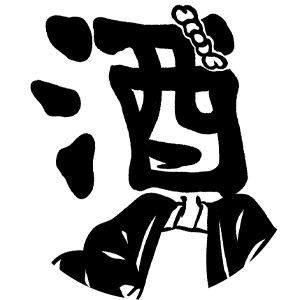Hello! March has arrived and this year we are likely to be waiting for spring with three cold and four warm days. In the Edo period(1603-1867), in March, when the temperature rises, would have seen a lull in the sake production process, and from here onwards, the transport of sake by tarukaisen cargo vessels to Edo for sale came to a lively climax. This post will delve into a custom from the Edo period called shinshu bansen.

The distribution of sake between Edo and Kamigata was kicked off at the beginning of the season by a competition between tarukaisen cargo vessels called shinshu bansen. Tarukaisen wholesalers in Osaka and Nishinomiya prepared around eight vessels to take part in the shinshu bansen, which set sail at the same time and competed to reach Shinkawa, where the downstream sake wholesalers responsible for sake sales in Edo gathered. There are no clear records of when this custom began, but it is thought to have been held in the Genroku period (1688-1704) at the latest. The custom of the shinshu bansen depended on the fate of the watermen on the vessels, the sake brewers who were the shippers, and the sake wholesalers who were responsible for selling the sake to Edo.

At first, let’s start with a work that shows the excitement of the shinshu bansen. In the nishiki-e print ‘Shinshu Bansen Entering a Port and Prosper’, the crew of the Seietsu-maru (waterman Katsuroku), one of the vessels that left Nishinomiya on 19 March 1866, arrived at the Shinkawa River at around 9 a.m. on 28 March. The crews dressed in red happi coats and wearing a banner reading ‘Sōichiban (the first place)’. The picture depicts them parading through the town with a banner inscribed with the words ‘Sōichiban‘. It can be seen that the waterman who was the first to board the race had a great honor. In addition to the honor, the vessels on which these watermen boarded were also given preferential treatment in loading cargo for a year.

Furthermore, sake loaded on the sōichiban vessel also benefited. For example, the Hakushika sake from Nishinomiya sake brewer Tatsuya Kichizaemon, which was loaded on the Seietsu -maru mentioned earlier, was valued at 68 ryō (tael) per 20 barrels. On the other hand, the same Hakushika sake loaded on the Shinzui-maru, which arrived at Shinkawa on 1 April, three days after the Seietsu-maru, was traded at 63.5 ryō (tael) per 20 barrels. Thus, sake loaded on the sōichiban ship is celebrated with a high price. As the price at this time also became the standard price throughout the year, the sake wholesalers in Edo as well as Kamigata sake brewers had a strong interest in the shinshu bansen. As the supply and demand situation in the Edo sake market and the price of sake were closely related, Kamigata sake brewers carefully decided the date of the shinshu bansen based on information from the downstream sake wholesalers.
In this issue, we introduced about shinshu bansen. We will introduce the operation of the tarukaisen cargo vessels in the next issue. We look forward to seeing you again next time!


-scaled.jpg)




They are very gorgeous!